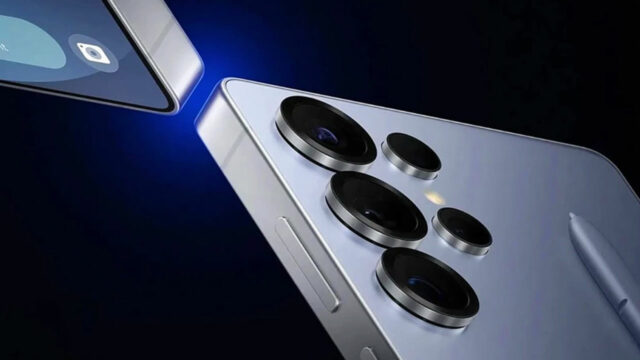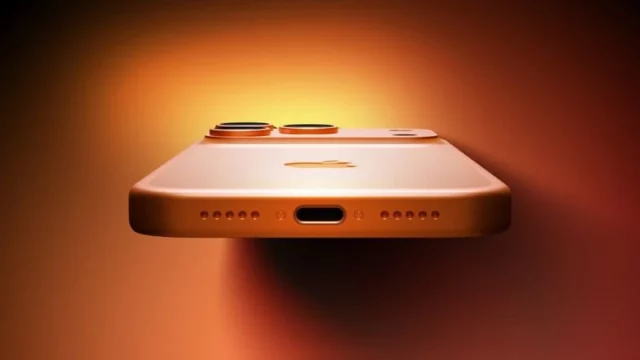Android phone cameras are getting ready for one of their boldest upgrades yet, and this time, the big leap might not even be built in. Chinese brands like Xiaomi and Vivo are working on external camera attachments that snap onto smartphones, promising sharper zoom, swappable lenses, and DSLR-like flexibility.
Android phone cameras could soon support snap-on gear

China’s smartphone scene moves fast, and photography is where brands battle hardest. Xiaomi has already revealed a concept with a magnetically attaching lens, and Vivo’s X200 Ultra ships with a full-blown detachable camera kit. These aren’t rumors; they’re real products, even if limited to China for now.
Plug-in camera hardware might sound like a throwback, but it solves real problems. Modern smartphones are running out of space for additional sensors and lenses, and external solutions let manufacturers sidestep those limits.
Why external lenses make sense now
Packing four or five cameras into an already thin phone comes with tradeoffs. Heat, bulk, and battery pressure pile up. External lenses move those problems outside the chassis, allowing more power and precision.
Here’s what detachable camera hardware can unlock:
- Real optical zoom with no digital loss
- Dedicated macro or telephoto lenses
- Lens + sensor modules that reduce built-in camera count
- Modular upgrades for pros and hobbyists alike
Some leakers believe manufacturers might reduce phones to two built-in cameras, letting snap-on systems handle the rest. Others say we’ll still see full three-camera arrays with optional external modules. Either way, Android phone cameras could look very different soon.
Android phone cameras may go modular, at least in China
Right now, these innovations are only landing in Chinese markets. Xiaomi and Vivo are testing demand at home before pushing globally. If local response is strong, other manufacturers could follow, and the rest of the world might get a taste.
Even so, detachable lenses won’t catch on unless they’re seamless. Users won’t carry bulky accessories unless the performance gain is real. But if brands can nail that balance, this trend could spread fast.
Not just another gimmick
There’s always skepticism when brands mess with the classic smartphone form. But this time, it’s not about folding or flipping, it’s about reclaiming control over the camera. For once, we’re not talking AI filters or megapixel jumps. We’re talking real glass, real upgrades, and real choices.
Android phone cameras may be on the verge of their most creative reinvention yet, and the best shots might soon come from hardware you carry separately.














